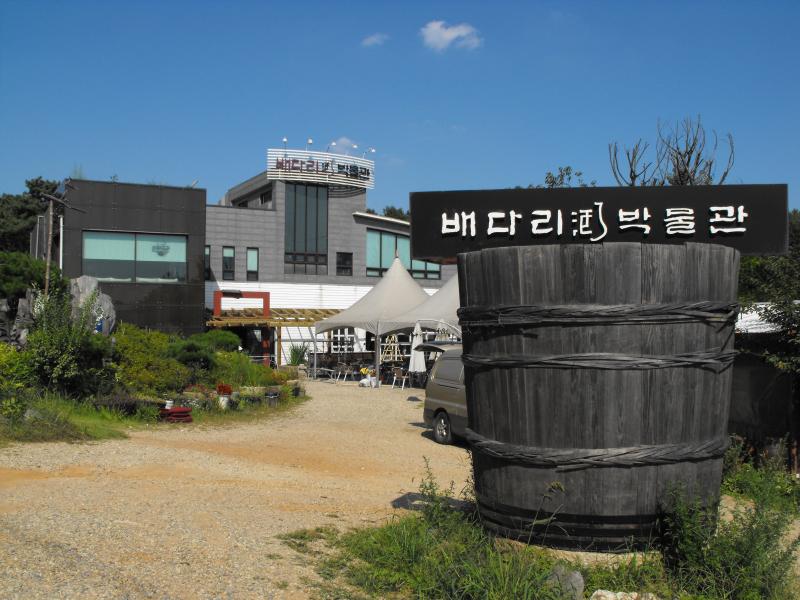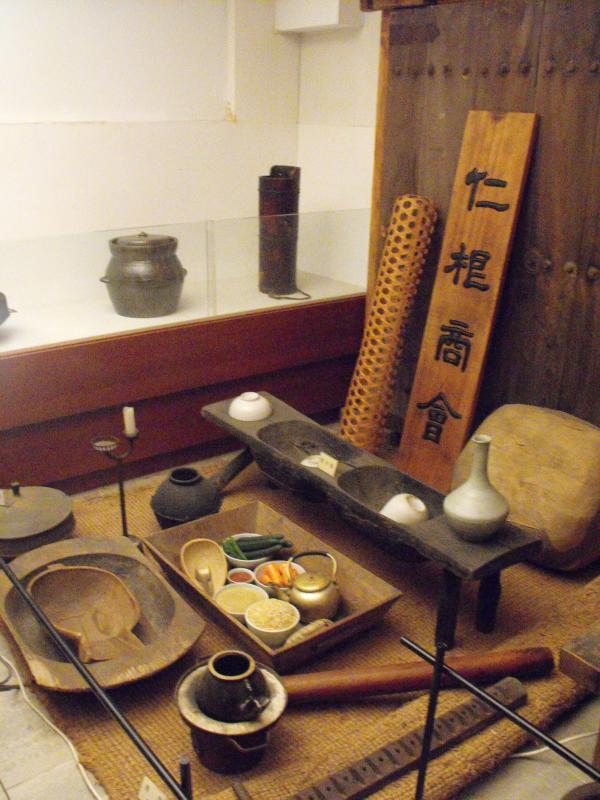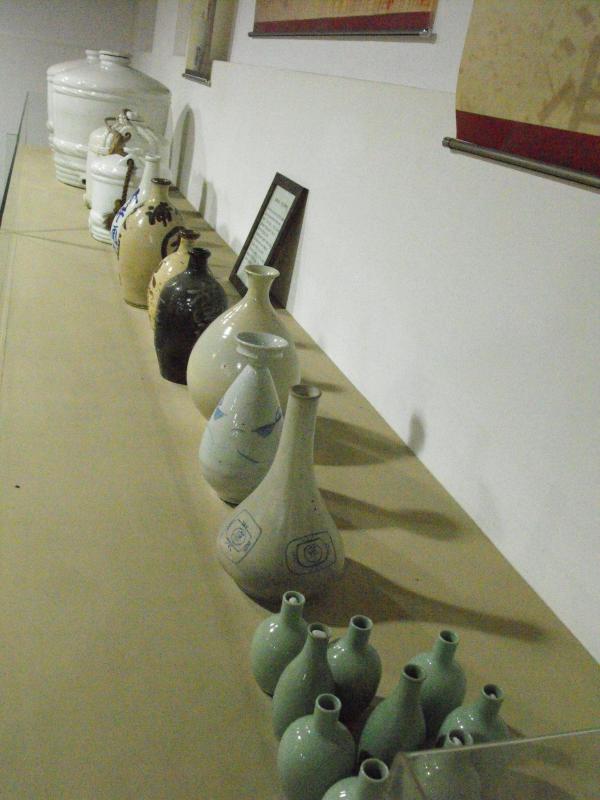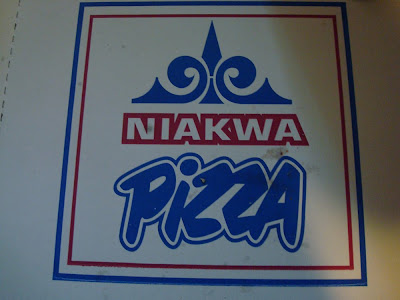Kim Daul’s Death: A Sense of Perspective
I despise Korean netizens.
No really: they have a political influence wholly out of proportion to their numbers, and are notorious for ruining celebrities’ careers, particularly those of women who challenge Korea’s conservative and hypocritical sexual standards. And while they’re not responsible for Korea’s culture of “noble” suicide themselves, their criticisms are undoubtedly the trigger for many.
Despite myself though, and probably against my better judgment, yet again I find myself playing devil’s advocate for them.
But first: for those of you that don’t know, Kim Daul (김다울) was a very successful Korean-born model, found hanging in her Paris apartment on Friday (she was 20). While she has been described as “an icon for her country” and “the ambassador for the beauty of Korean women” though, in fact she spent most of her life outside of the country, and – before last weekend at least – was not particularly well known inside Korea: of my fifty 20 and 30-something students for example, only two rather fashion-conscious students had ever heard of her.
And although I couldn’t put my finger on it when I first read it, that was the main reason I had problems with the following comment on her death by Micheal Hurt, on his blog Scribblings of the Metropolitician:
…One wonders if pressure from people back in the muthaland contributed to her death, but given the common factor of cyberbullying being in so many cases of prominent Korean figures killing themselves, I have my suspicions. It’s apropos, I guess, that we just finished talking about these cases in my lecture yesterday, the important of “chemyeon” in this rule-bound, neo-Confucian society, and how women are “socially disciplined” when they step out of line, e.g. the examples of “dog poop girl” or the social spectre of the “bean-paste girl.” Combine that into suicide being the #1 cause of death for Koreans in their teens, twenties, and thirties, and you see some sort of pattern here.
I guess this is the sad end to the story arc, and a “teaching moment,” I guess. I just wish the right people would get it and stop mercilessly attacking anyone who becomes famous or successful in this country. I’ll let the post peace out with her words, which I hope future cyberbullies take to heart…
 Granted, Michael does allow for the possibility that Korean cyberbullying didn’t contribute to her death. But he certainly appears to be projecting that narrative onto it, and this is simply wrong. I didn’t realize just how wrong though, until I read the following comment by “eskeemo” at this forum:
Granted, Michael does allow for the possibility that Korean cyberbullying didn’t contribute to her death. But he certainly appears to be projecting that narrative onto it, and this is simply wrong. I didn’t realize just how wrong though, until I read the following comment by “eskeemo” at this forum:
I don’t want to take anything away from her tragic death, doubtless it is a tragedy, but sifting through the thread there are many sweeping generalizations. My Korean girlfriend has pointed out a few things we should all know about.
This is not a case of Korean society driving a well-to-do Korean girl to death. She had mental problems originating from her own country, which is not Korea.
First, has anyone noticed that Daul speaks with a strong Korean accent? Yeah, a strong one, because her native tongue is not Korean. She was raised in Singapore, spent her formative years there, and on her blog identified herself as culturally Singaporean, ethnically Korean.
Second, she spent relatively little time in Korea (she had been living in Paris at the time of her death). She was harangued by the Singaporean press more so than the Korean, where she was only moderately known. Worst most, she was fiercely harangued by her family, irrespective of country (her blog postings masked in “Korean society” lingo could in lieu be aimed at her extended family in Singapore and enemies).
Third, as a student she had few friends.
Again, I do not want to deflate or underestimate the circumstances surrounding her death.
Daul confides on her blog that she was problematic growing up. She befriended few peers, quibbled daily with school officials, fought with parents, and turned to modeling modeling as an escape (according to her blog). She also claims to have always been lonely. Mind you this is all before her brief stint in Seoul. Doubtless my GF points out Korean culture does drive people to death, oh God it does, and that she was badgered by the Korean press, but not to the extent of other press-channels. Daul had her own issues, exacerbated by yet other issues.
The above posts don’t have it right, and I don’t blame them because I was as reactionary as the guy above me until my GF pointed out some things. It’s not that simple.
With apologies to the readers who’ve been emailing since Friday for a post like this, but I could never have put that quite so succinctly. And, I confess, it led me to projecting a little myself.
In my earlier post on Kim Daul, I found it curious how English-speaking netizens were so ready to congratulate her for her defiance against critical comments by Korean netizens, despite no actual evidence for them. While it turns out that those had indeed existed, but had been deleted prior to writing her response, the point was still valid. Similarly, when I began planning this post this morning, I seemed to find a great many blog posts and forum threads blaming Korean netizens for her death, despite – as eskeemo demonstrates – the lack of any real evidence for that. But while those certainly exist, after a second look I’d have to admit that that definitely isn’t the majority opinion.
Instead, people are simply shocked and saddened by her tragic death, as is natural.
No, this isn’t an attempt to somehow “atone” for my earlier post; I was entitled not to have liked her blog. Nor has my opinion of Korean netizens improved by their relative lack of a role in this particular celebrity death, or that death made any less tragic by that fact that Singaporean rather than Korean netizens may have been more to blame for it. However trite and cliched it sounds though, or ironic coming from the author of a sociological blog, it behooves us to see her as an individual before anything else.
Rest in peace, Kim Daul.
Update: There is some interesting commentary at Sociological Images about a news story that mentions that “her blog contained many posts about the pressure and loneliness of being a model”, and yet has links and advertisements surrounding the story that “undermine any message that we should actually care about [that].” On the other hand, one commenter on that post argues that, like do here, SI is likewise erroneously presenting her death as part of a wider narrative. In this case though, it’s one about excessively thin models:
It seems to me that Daul had severe depression, and I think acknowledgement of that and taking the opportunity to increase awareness of depression is being side-lined here in favour of making another criticism of the size of models.
Read the rest on your own.
( Image sources: first and third – Sosohan Fashion Blog {NSFW}; second – Manzgood )
Posted in Japan and East Asia, Korean Feminism, Korean Media, Korean Sexism, Korean Sexuality, Korean Women's Body Images, Overseas Koreans Tagged: Daul Kim, 김다울, 자살, Kim Daul, Suicide















 RSS Feed
RSS Feed






Recent comments